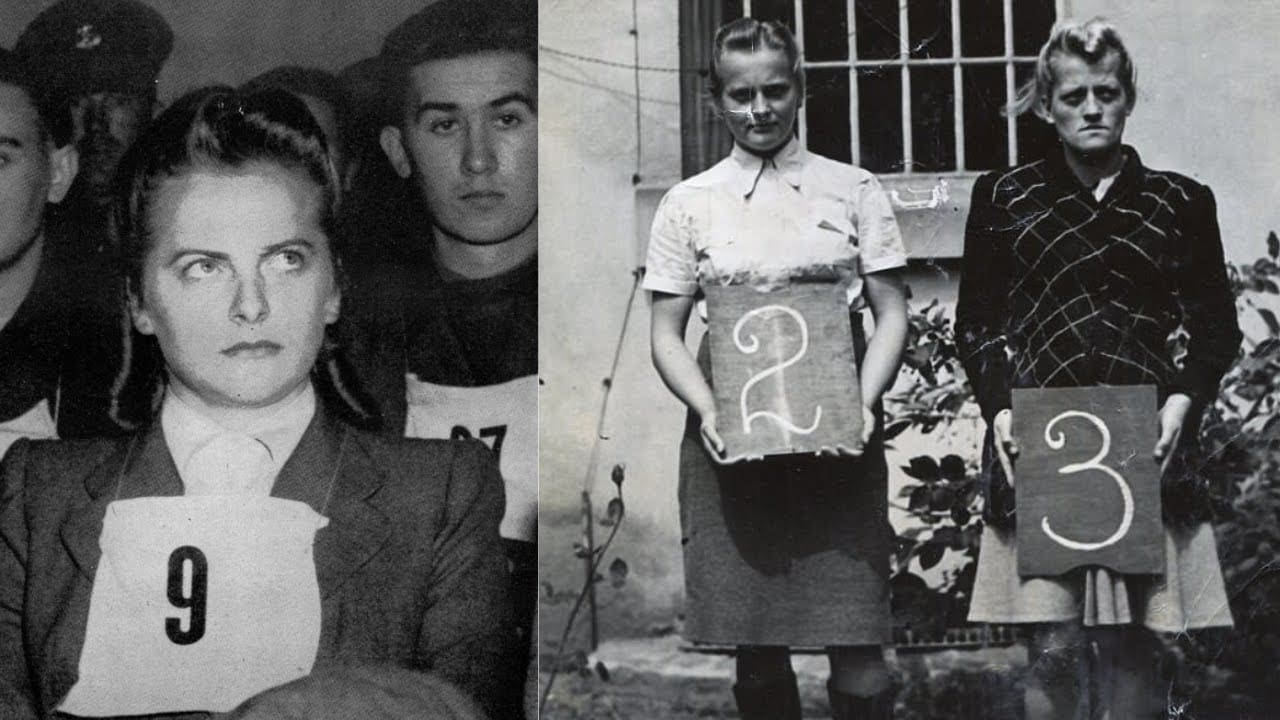Throughout history, there have been numerous individuals who have caused devastation and tragedy in the lives of others. While many tend to focus on the evil deeds committed by men, it’s important not to forget the female perpetrators of heinous crimes. In this article, we will take a closer look at the top 10 most evil women in history.

1Elizabeth Bathory
Countess Elizabeth Bathory is known as the most notorious serial killer in Hungarian and Slovak history. For years, rumors circulated about missing peasant girls who were offered well-paid work at Castle Csejthe, only to never be seen again King Mathias II sent a party of men to investigate and they found one girl dead, another dying, and others wounded or locked up Testimony from witnesses revealed the Countess’s atrocities, including severe beatings, the use of needles, burning or mutilation of hands, faces, and genitalia, biting off flesh, and starving victims The victim count is estimated to be in the hundreds over a 25-year period Despite her heinous crimes, Bathory was never brought to trial due to her social status and remained under house arrest until her death. However, the common belief that she bathed in her victims’ blood is a myth For more information on Elizabeth Bathory and to debunk misconceptions, readers can visit our sister site, Mythverse.

2 Irma Grese
Irma Grese, known as the “Bitch of Belsen,” was a guard at various Nazi concentration camps, including Ravensbrück, Auschwitz, and Bergen-Belsen Her promotion to Senior Supervisor at Auschwitz in 1943 suggests her enthusiasm and dedication to her job In this role, she oversaw over 30,000 Jewish female prisoners and reveled in her power. Grese’s despicable actions included using trained and half-starved dogs to attack prisoners, engaging in sexual excesses, arbitrarily shooting prisoners, sadistically beating them with a plaited whip, and selecting prisoners for the gas chamber She enjoyed both physical and emotional torture and carried a pistol and wore heavy boots to facilitate her brutal actions Grese’s heinous crimes against humanity serve as a reminder of the atrocities committed during the Holocaust and the importance of holding perpetrators accountable for their actions.

3 Ilse Koch
Known as the Witch of Buchenwald and the Bitch of Buchenwald, Ilsa Koch was the wife of Karl Koch, commandant of the Buchenwald and Majdanek concentration camps She reveled in the power her husband’s position afforded her and engaged in torture and obscenity Koch was notorious for collecting souvenirs, including tattoos taken from murdered inmates She even stole 250,000 marks from inmates to build an indoor sports arena in 1940 Her reputation for debauchery earned her a promotion to Oberaufseherin or “chief overseer” of the female guards at Buchenwald Koch committed suicide by hanging herself at Aichach women’s prison on September 1, 1967. Her actions serve as a reminder of the atrocities committed during the Holocaust and the importance of holding those responsible accountable for their crimes.

4 Mary Ann Cotton
Mary Ann Cotton was an Englishwoman who became a for-profit serial killer, predating Belle Gunnes by 30 years After marrying William Mowbray at age 20, the couple settled in Plymouth, Devon, and had five children, four of whom died of “gastric fever and stomach pains” Tragedy continued to follow them as they moved back to the north-east, with three more children born and three more dying William soon passed away due to an “intestinal disorder,” and British Prudential promptly paid a 35 pound dividend. Mary Ann’s second husband, George Ward, also died of intestinal problems, as did one of her two remaining children The media caught wind of Mary Ann’s string of deaths and discovered that she had lost three husbands, a lover, a friend, her mother, and a dozen children, all allegedly dying of stomach fever as she moved around northern England She was ultimately hanged at Durham County Gaol on March 24, 1873, for murder by arsenic poisoning. However, her execution was slow and painful as the hangman used too short of a drop for a “clean” execution. Mary Ann Cotton’s story serves as a reminder that not all killers are men and that women are also capable of committing heinous crimes.

5 Isabella of Castile
Isabella I of Spain and her husband Ferdinand II of Aragon played a significant role in the unification of Spain under their grandson Carlos I. As part of this unification effort, Isabella appointed Tomás de Torquemada as the first Inquisitor General of the inquisition One of their most infamous actions was the implementation of the Alhambra Decree on March 31, 1492, which forced the expulsion or conversion of Jews and Muslims from Spain.

Roughly 200,000 people left Spain, and those who chose to convert were subsequently persecuted by the inquisition investigating Judaizing conversos. Despite the controversy surrounding her actions, Isabella’s cause for beatification was opened by Pope Paul VI in 1974, placing her on the path toward possible sainthood, and in the Catholic Church, she is titled Servant of God.

